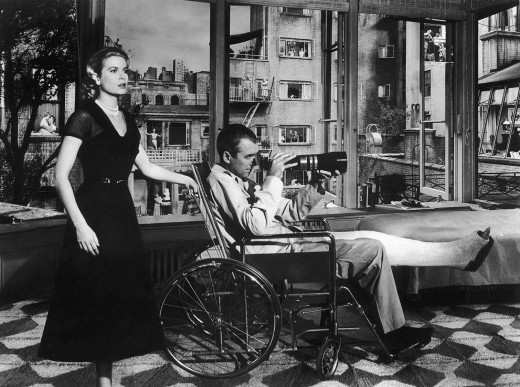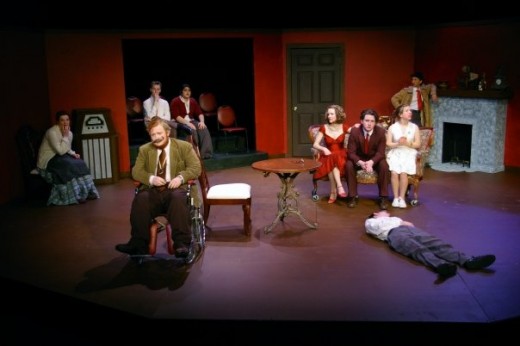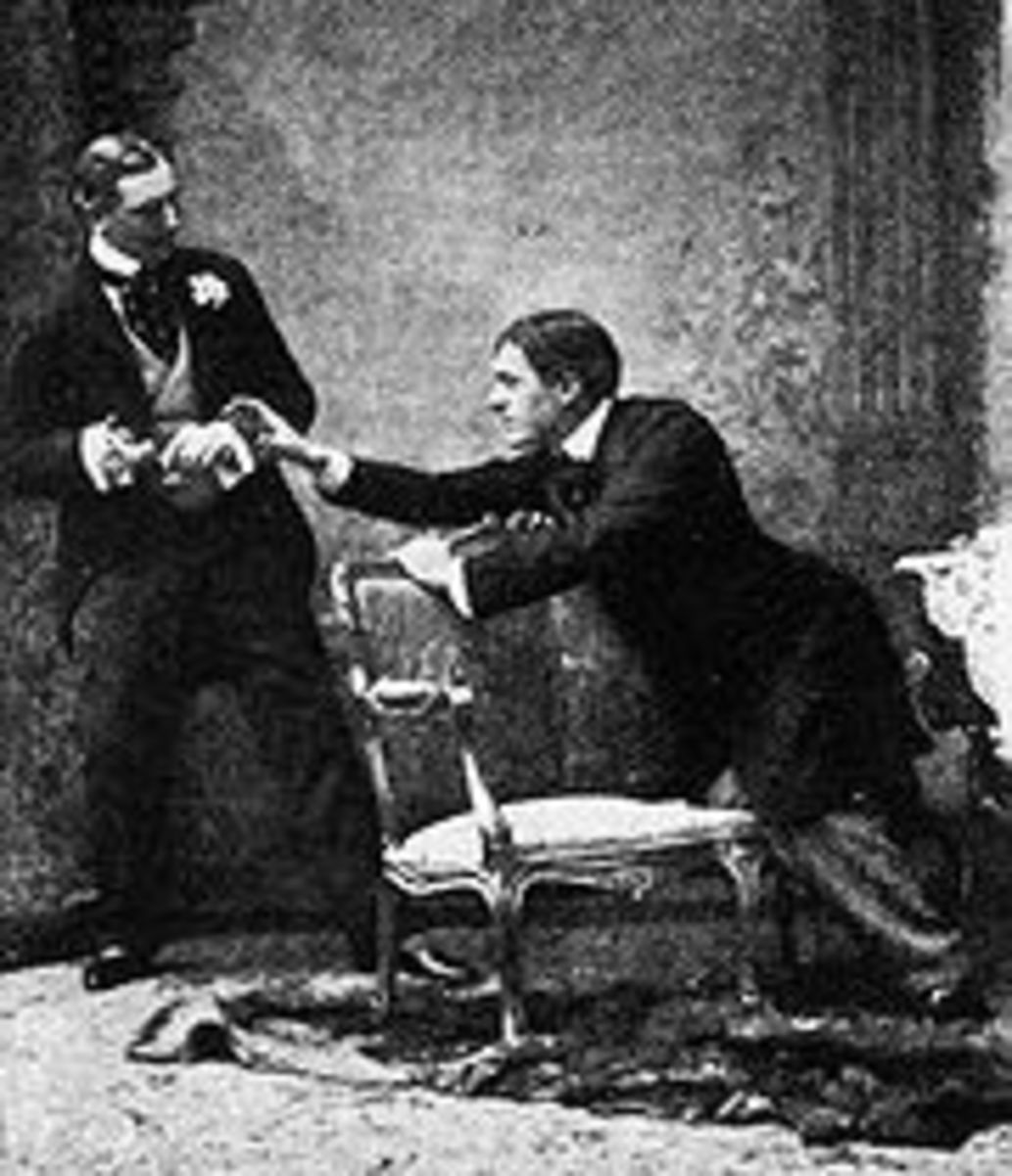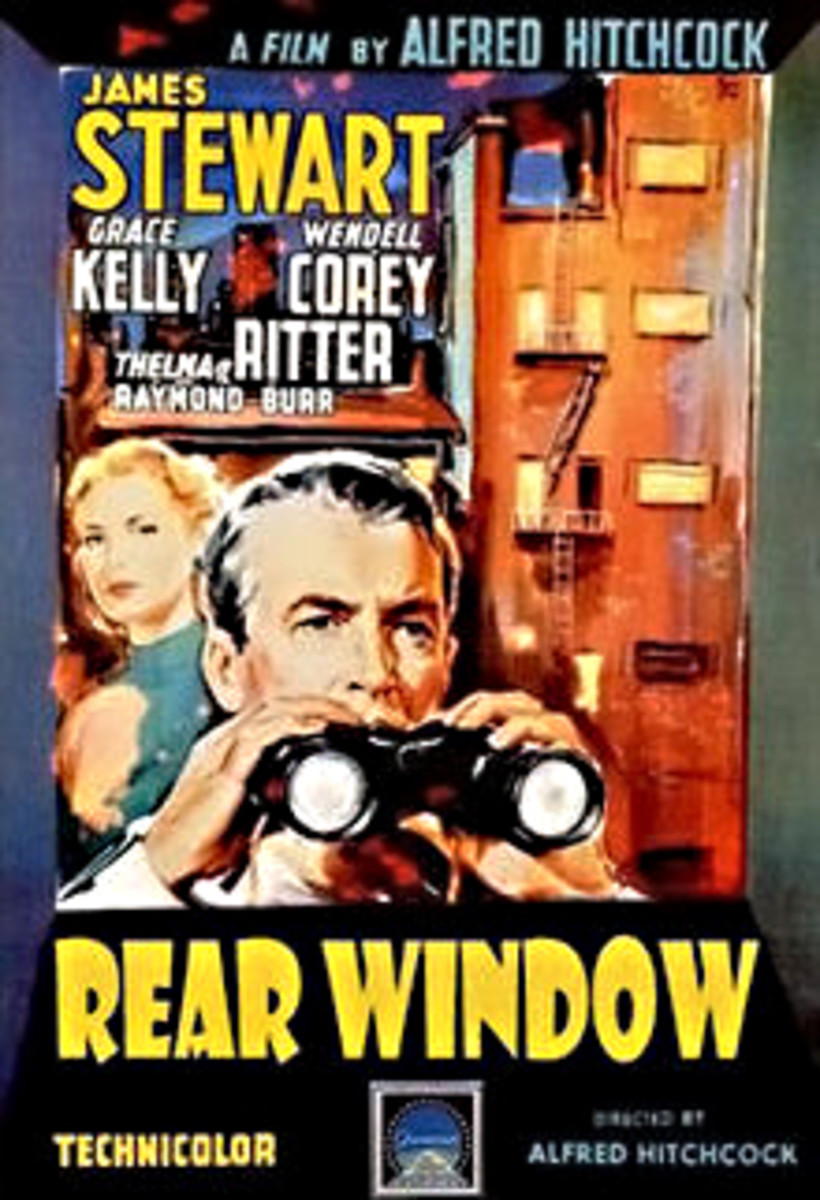Rear Window, The Real Inspector Hound, Lamb to the Slaughter and The Mentalist

Significant texts in any genre arise from specific social and culture conditions and possess an enduring relevance:
Possibly the greatest driving force within any genre is a text’s contextually. That is, its ability to adapt and reflect specific social and cultural constructs. In any genre, and most certainly crime fiction, a composer's adherence to, or rejection of conventions ensures a reflection on the society in which it was created. This is masterfully presented in Hitchcock's Rear Window and Stoppard’s The Real Inspector Hound. A significant text within the crime fiction genre possesses enduring relevance due to its reflection of specific social and cultural conditions. Similarly, context plays an integral part in Dahl’s Lamb to the Slaughter and Heller’s The Mentalist where both composers manipulate generic conventions to express specific social and cultural concerns.

Texts in all genres, including crime fiction present moral concerns specific to the contexts in which they are created:
The ability for moral concerns to transcend contexts gives a text an enduring relevance. Hitchcock, in Rear Window explores the morality of voyeurism in a 1950s American society. This is presented through the construction of the setting which reflects the social conditions of apartment living. The film's opening sequence masterfully captures this idea. The camera pans around the apartment complex and establishes, through a point of view sense what Jefferies can see of his neighbours. Hitchcock takes the traditional closed setting and adapts it expertly to reflect the changing social fabric of the 1950s. Having established what Jefferies can see of his neighbours, he begins to stereotype them according to appearance only, giving them names such as Miss Lonelyheart and Miss Torso. This is one of the dangers of voyeurism Hitchcock presents – essentially warning not to judge a book by its cover. Stella, Jefferies’ nurse speaks of “a race of peeping toms” and warns that “they’d put your eyes out with a hot poker”. Hitchcock presents different perceptions of the morality of voyeurism, as even Stella, who was the philosophical warning to Jefferies, also becomes tied up in voyeurism. Jefferies’ voyeurism, however, essentially means that he is able to witness what he considers a murder that has occurred in a neighbour's apartment. The danger now is that Jefferies has to somehow deal with what he has seen and essentially he is in danger for doing so as Thorwald confronts him and attempts to kill him. The final sequences of shots are able to draw feelings of tensions and fear from the responder due to the uncertainty that Jefferies will survive. A reversal of depth of field shows Jefferies before a long shot captures his rescuers in the opposite apartment block. At this stage Hitchcock points out the dangers of voyeurism through creating a point of view sense of danger. Hitchcock, through his manipulation of the traditional closed circle setting, criticises the direction of humanity as a whole and effectively warns of the dangers of intruding upon the personal lives of your neighbours.

Stoppard’s The Real Inspector Hound, constructed during a time of incredible social and cultural revolution in the 1960s is heavily influenced by its context:
As there was a movement away from a clear-cut understanding of the purpose of humanity, Stoppard recognised that the traditional crime fiction conventions were also too simplified, logical and did not truly reflect the social and cultural conditions. Through his absolute absurdist creation of a traditional crime fiction story, Stoppard moves his audience to reject the over-simplification of the genre. He achieves this through a traditional closed circle setting of Muldoon Manor where it is characterised as “a strangely inaccessible house”. The repeated references to the isolated nature of the setting make it clear that Stoppard masterfully and deliberately makes a mockery of the genre obvious. His characters are exaggeratedly simplified, flat, often engage in meaningless dialogue and the choice of character names, such as Moon and Birdboot reflect the unrealistic nature of traditional whodunits. The non-sequential progression and irrationality of the plot is emphasised at the play’s conclusion. There are clues, but the resolution is unconvincing. The audience are left wondering “who killed Simon Gascoyne? And why?” Stoppard does this to highlight that justice cannot simply be found as the detective would in traditional whodunits and effectively presents the idea that classic crime fiction is no longer relevant for his audience. Thus, because of the social conditions of his society, Stoppard masterfully criticises the traditional crime genre in a way which reflects a movement into a more complex society.

A crime story’s conventions will inevitably be challenged to ensure its appropriate reflection on society:
Contextually, Mary seemingly fits the role women were expected to fulfil in the 1950s. Conforming to the stereotype as the housewife, Mary seems content on her domestic duties. Initially, the responder considers Mary the ‘lamb’ as indicated in the story’s title. Seemingly innocent, just as a lamb symbolises innocence, the responder considers Mary the lamb that will be slaughtered. As a convention of crime writing this innocent profile fits rigidly with the stereotypical victim. Therefore, Mary Maloney does not fit the conventional expectations as a murderer. What is strange about Mary, however, is that she makes so easily the transition from innocent housewife to a murderer. The responder is positioned to question her mental state and consider that she possessed traits of a killer all along. This works as a comment on the nature of humanity where even the ordinary, respectable citizen has the potential for cruel or destructive acts. Mary’s actions, however, fit the conventions of a calculated murderer. Her lack of emotion after killing her husband is evocative of a traditional murderer. Her measured actions in creating an alibi parallel the actions of her in the first part of the story where she had everything planned for her husband’s arrival. This explores emerging social conditions where idea that everyone has the ability to kill when provoked. Dahl again urges his audience to ask some confronting questions about themselves and their morality. Unconventionally, the sympathy the responder holds towards Mary the murderer completely overrides any sympathy directed at Patrick. Possibly, the innocent depiction of her at the start, coupled with the fact that she was pregnant and the fact that Patrick, although we’re never told, seemingly is leaving her for another woman, all ensure that sympathy remains with Mary and that the responder is satisfied when she gets away with the crime. Although the thematic convention of good and evil is blurred, the complexities of humanity’s instinctual behaviour explore emerging conditions within Dahl’s society.
Alfred Hitchcock's filmatic representation of Dahl's short story

Appropriate to context within a modern society, composers of crime fiction have manipulated the genre’s conventions to create endurance in their society:
Appropriate to technological advancement, the murder occurs due to a bomb’s explosion. The sleuth type character, Patrick is seen looking in the van where the victim is. Orchestral music drowns out the diegetic sound and the director’s editing transforms the film into slow motion as the bomb explodes, killing the victim. The graphic imagery of the murder challenges the conventions of traditional crime fiction where the murder is not seen or read about in bloody or gory terms. The crime, as Patrick begins to work out is linked to modern, consumerist flaws within humanity where the victim is a stockbroker, responsible for the loss of many people’s money. This reverses much of the sympathy conventional victims were afforded and hence reflects the changing social and cultural conditions of Heller’s modern society. As an unusual play on the traditional crime story, Patrick becomes blinded by the explosion and so uses his other senses as a way of solving the crime. Although Stoppard’s The Real Inspector Hound moved audiences to rejecting the over simplification of the detective’s investigation, Patrick applies realistic and believable methods to solving the crime. He interviews a suspect by feeling his hands, concluding “artistic fingers…soft”. He realises that the murderer would had to of built the explosive device and hence would have tough, working hands and a strong smell of explosive material. Just through these logical observations Patrick can determine that this suspect is not the murderer. Patrick’s ability to solve the investigation and ensure justice is served is adapted to reflect the social and cultural conditions of a modern, consumerist and technologically advanced context.
Shaping a text’s adherence to or rejection of its genre’s conventions is the context in which the text is composed. The social and cultural conditions of the composer’s society are integral in creating a text’s enduring relevance. This is shown is Hitchcock’s Rear Window, Stoppard’s the Real Inspector Hound, Dahl’s Lamb to the Slaughter and Heller’s The Mentalist. These crime fiction stories adhere to and challenge the genre’s conventions so that the text reflects the responder’s society and ensures an enduring relevance.









